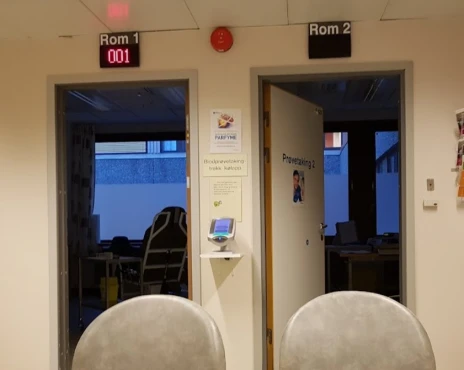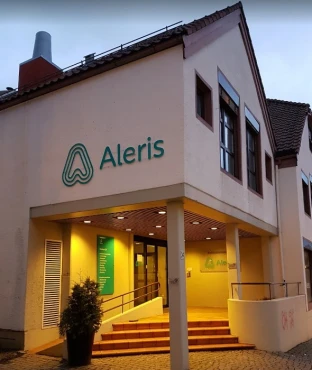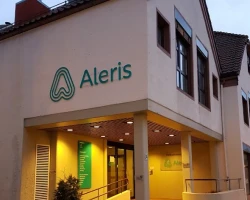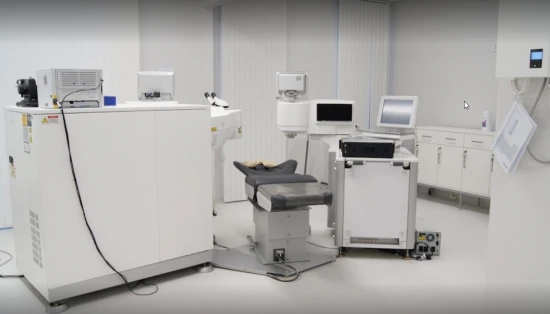Epilepsy treatment in 1 Neurosurgery and Oncology clinic in Harstad
1 clinic specializing in Neurosurgery and Oncology providing treatment of
Epilepsy
Epilepsy is a neurological disorder characterized by recurrent and unpredictable seizures. It can cause disruptions in daily life, but with proper treatment, many people can manage and control their seizures effectively.
Read more...
disease in Harstad.
Besides this clinic there are 4 Neurosurgery, Oncology clinics in Norway.
Such diseases are treated by The University Hospital of North Norway (UNN) Harstad: Dystonia, Epilepsy, Essential tremor, Obsessive-compulsive disorder (OCD), Parkinson's disease, and others.
4 nearby similar clinics in Norway
Perhaps you should consider 4 more clinics we have found nearby basing on your Location, Disease filters applied.


















